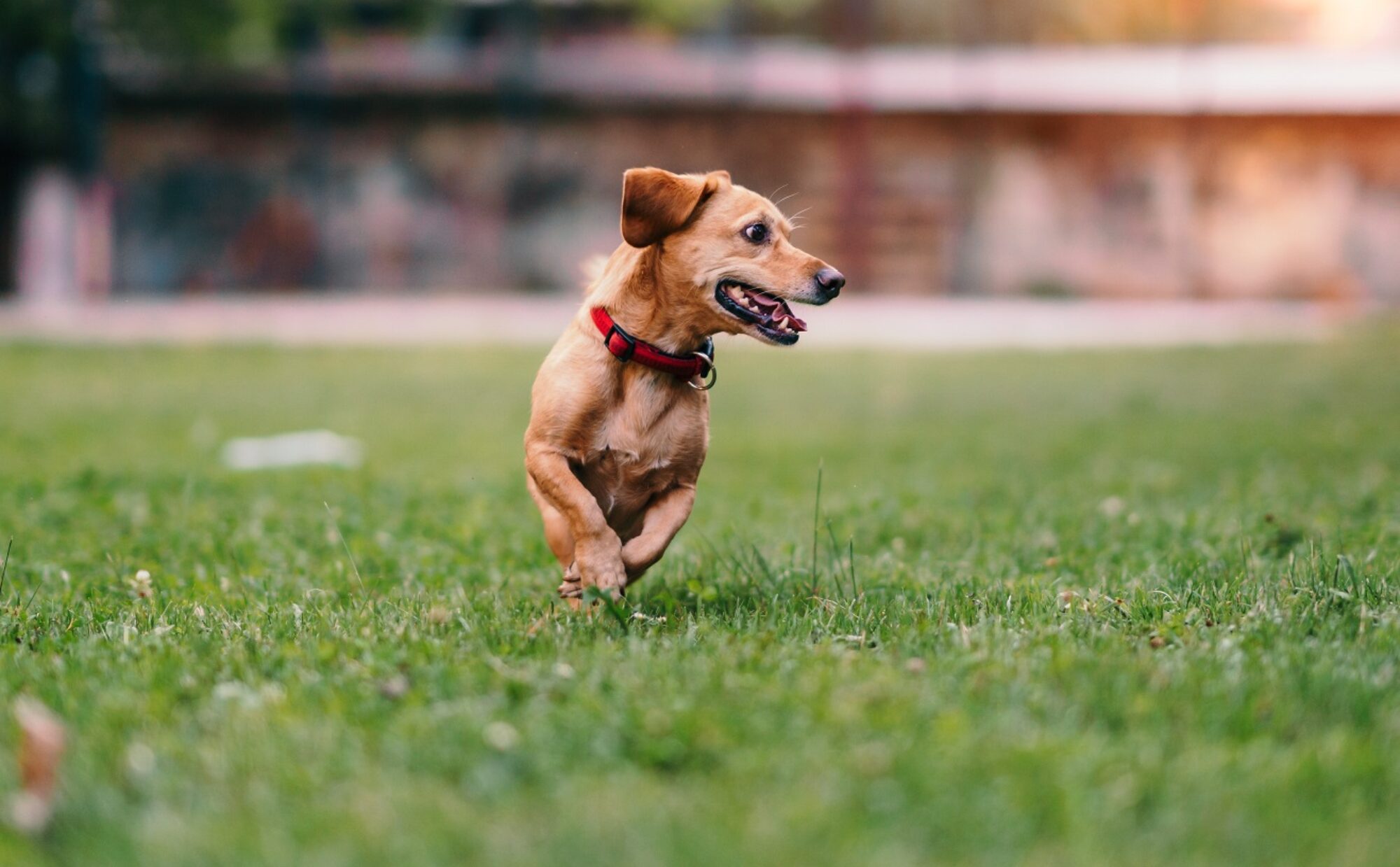What is the best age to start training a dog?
Within an animal’s life, sequences of events from conception to death, influence and develop the individual physically & mentally. During this ontogeny perceptual and behavioural capabilities appear, develop and increase alongside biological changes within the individual, all of which are influenced by genetic make-up and environment. Behaviour is influenced and modified throughout a dog’s life via learning from experiences. McFarland (1999) explains that during development many species have periods where they are sensitive to particular types of environmental influence and what is learnt by the animal during this period usually affects the rest of its life.
When to start dog training?
Pafaffenberger (1963) cites that Scott & Fuller (1965) found the social development of puppies can be divided into definite periods, however development of an individual is a dynamic and on-going process. As a result, there are various concepts on the number of development stages in dogs, with varying timelines. There are suggestions that not all canine development stages have been identified and arguments like that of Dehasse (2001) for sub-stages. The following tend to be the main ones which are widely recognised:
Prenatal (Conception to birth)
Due to the lack of research on dogs in this stage of development it can be extrapolated from experiments on other species, that uterine conditions affect the unborn pup. Dehasse (2001) explains stress in pregnant rats produces young with an overactive & reactive stress response, caused by the passing of stress hormones adrenaline & norepinephrine through the placenta. Weinstock et al (1998) findings demonstrate that stress during pregnancy can have long term effects, resulting in the young of stressed mothers tending to have impaired learning and poor play skills. Dehasse (2001) cites the research of Fox (1978) which suggests the negative effect of stress on a foetus can be reversed with extra maternal care after birth, but it can also be exacerbated if this further care is not in place. It can be deduced that if a gestating bitch is given a calm environment with kind human interactions such as gentle petting, she will produce an emotionally balanced and more docile litter.
Neonatal (Birth to 2 weeks)
At birth puppy’s brains are jelly like and barely myelinated, providing them with the sensory and behavioural capacities of sensitivity to touch, pain and some taste. Puppies are unable to regulate their body temperature and exhibit distress vocalisation if separated from littermates and become cold. Fredericson and colleagues in 1956 cited by Lindsay (2011) proved this distress was not due to lack of contact but temperature change. At this stage puppies may also have sensitivity to smell and Bradshaw (2011) supports this in his description of experiments which suggest olfactory imprinting. Due to having limited mobility skills, being deaf and blind puppies are dependent on their mother for food, warmth and to stimulate elimination. They spend most of their time suckling and sleeping. Dunbar (2006) states that “neonatal pups are extremely sensitive and impressionable”. Daily gentle handling for as little as 3 minutes and exposure to mild environmental stressors like fluctuations in ambient temperature, have a positive influence on a puppy’s physical and mental development. Dogs who have such experiences demonstrate enhanced development of motor and problem solving skills, are less emotionally reactive, more confident and resistance to disease.
Transitional (2 weeks to 4 weeks)
Remarkable change and development in both the neurological and physical development of the pup is taking place during the transitional stage. Eyes and ear canals open, puppy’s legs start to support the body, allowing development of crawling and then uncoordinated walking. Miklὀsi (2011) highlights the large variation in timing of both ear and eye opening between different dog breeds and the varying duration of the transitional period among breed types, for example it lasts a few days in Fox terriers but longer than a week in to show Cocker Spaniels. Puppies are starting to eliminate independently of the mother’s stimulation and as Lindsay (2000) explains they develop a desire for contact comfort independent of that from nursing. Serpell (1995) illustrates play between littermates begins during this phase. Alongside the development of social communication, such as identifying others through scent, tail wagging and pups learning to use vocal communication to alert to distress. Through repeated experience to positive or negative aspects of the environment, pups at this stage are slowly acquiring the capacity to adapt their behaviour.
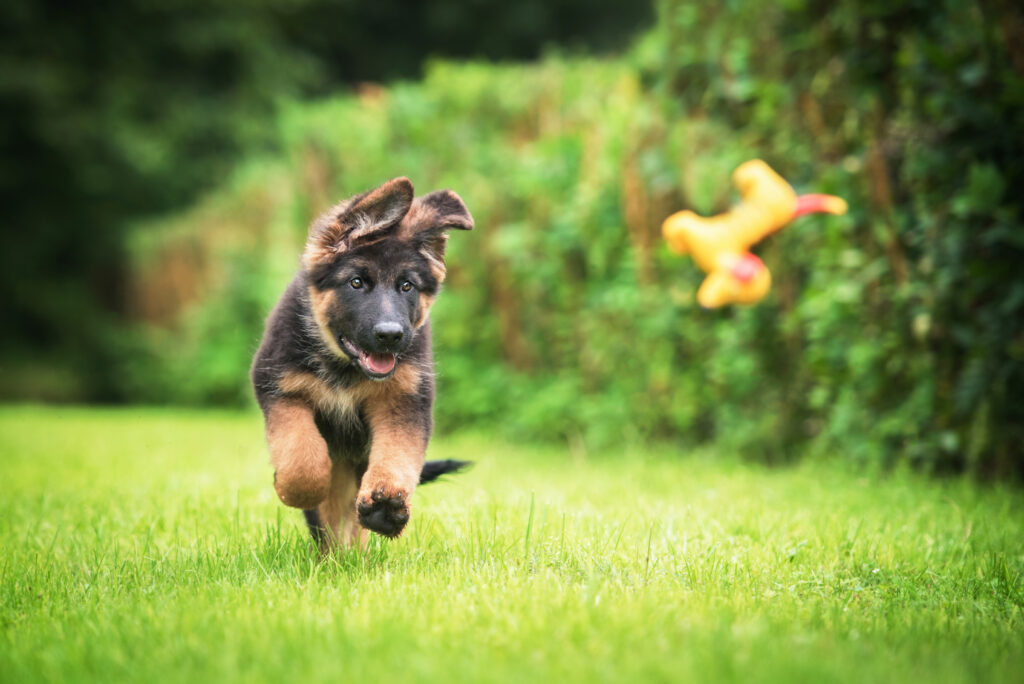
Primary Socialisation (3 – 6 weeks)
A greater social attraction is taking place with the dawn of increased brain development and coordination. Mothers start to wean the puppies as teeth develop, by using canine communication in the form of vocalisation with a low warning growl and body language by snarling coupled with direct eye contact to stop painful suckling. This feedback functions in the puppy learning how to control the pressure of its jaw. Body language communication skills develop through play incorporating motor neurone predatory sequences – stalking, chasing and pouncing. Coppinger (2004) discusses the “critical period for social development” to be between 2 & 16 weeks, at the end of which the dog’s social personality is set for life. He describes this period is when the pup learns what species it belongs to and is predisposed and has optimum capacity to learn particular social skills, such as begging. Breed type and individual variation impacts on the closing of this social window and experiences during this period affect brain development causing some permanent change. Suggesting, if a pup is not exposed to other dogs during this stage, he may well avoid or escape interactions with other dogs for the rest of his life. Socialisation with other breeds is very important as they have natural (and sometimes un-natural e.g. docked tails) physical differences which can impair the ability to communicate body language, so pups need to learn how to modify their communication to compensate.
Secondary Socialisation (4 – 12 weeks)
Lindsay (2000) explains that dogs are able to cross-species socialise, as unlike most animals they have to adjust to human companionship. They appear prepared to experience most efficient this socialisation at around 7 weeks, the period tending to coincide with weaning. Coppinger (2001) hypothesizes how canines evolutionary adapted their development stages to ensure the species success at living with humans, to exploit this provision of care. From 7 weeks of age potential of social fearfulness progressively increases, however this does not mean that puppies after this are unable to benefit from socialisation. If carried out appropriately dogs of any age can benefit from positive social interaction. Scott & Fuller (1965) concluded that by eight weeks and no later than 12 weeks puppies should be introduced to circumstances they are likely to encounter as adults and is therefore the optimum time to remove it from the litter.
First Fear Impact (5 – 12 weeks)
Dehasee (2001) explains that at 5 weeks investigation-attraction behaviour decreases and fear of the unknown increases. Coppinger (2001) debates until now puppies do not express “fear” to novel situations to enable habituation to their environment, but after the onset of this stage they can display avoidance behaviours such as flight in response to startling or stressful experiences. The onset of escape/avoidance behaviours are a natural mechanism to protect the survival of the species. At this stage pups are more mobile, vocal and eliminating outside the nest, all factors which would make them more vulnerable to predators. If the fear motor neurone pattern is reinforced at this stage it can cause a permanent change in the dogs brain (Coppinger, 2001).
Seniority Classification Period (12 – 16 weeks)
The puppy is now developing adult teeth and starting to physical mature. Lindsay (2000) explains social competitiveness overlaps with the socialisation period and by 12 weeks of age a fairly stable social hierarchy develops in a litter. During this developmental stage puppies begin to grow in confidence within familiar environments and test social relationships.
Flight Instinct Period (16 weeks – 8 months)
This period is identified by a sudden increase in exploratory behaviours displayed by a young dog gaining independence and confidence. Fisher (2004) explains it does not usually cover the whole of this period, usually just a few days to a month and can occur at any time within this stage.
Juvenile Period (12 weeks – 6 months)
Generally this period starts at the end of the secondary socialisation stage, when an individual is approximately 2/3rds of its adult size. Serpell (1995) discusses that socialisation needs to continue during this stage, as young dogs may experience a second fear impact hormonal driven stage at around 4-6 months, which can be seen in adverse reactions to novel things or of things it was unafraid of before.
Adolescence (5 – 14 months)
This phase is when the dog growth has started to slow and it is becoming sexually mature (this is independent of behaviour maturity). Hormonal changes (increase in testosterone in males and oestrogen in females) are occurring, which can cause behavioural changes such as a startle response to familiar objects. Donaldson (1996) explains lack of social experience in adolescences tends to cause social communication errors (i.e. enthusiastic puppy greeting, from an adolescence who scent is communicating it is sexually mature) which can be corrected by well-socialised adult dogs.
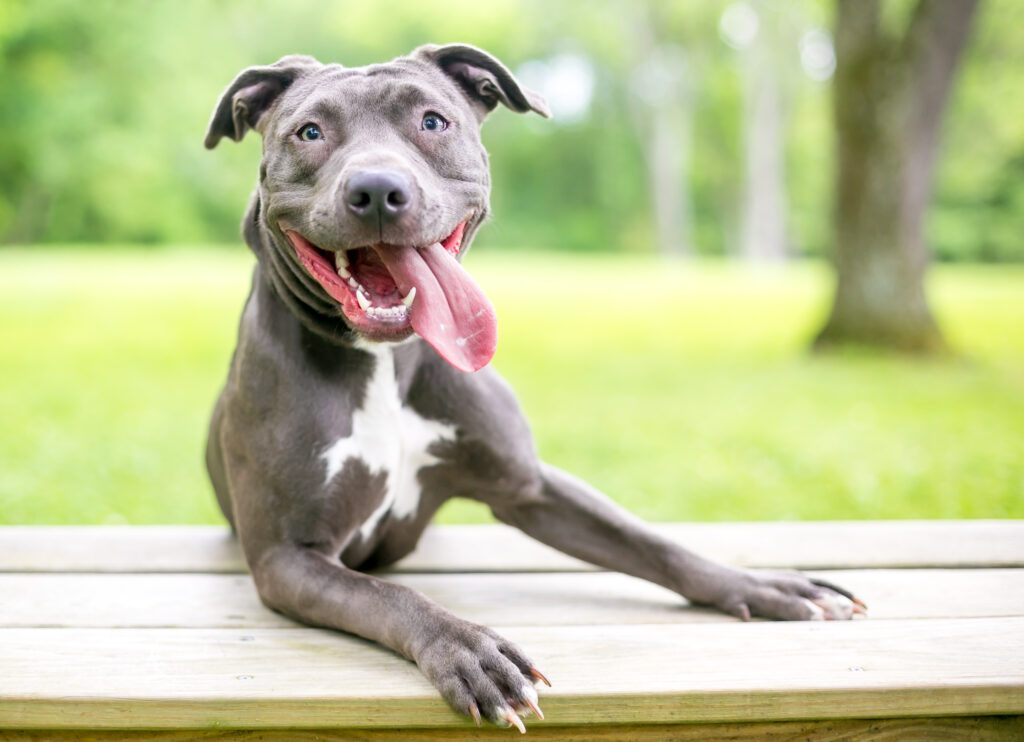
Maturity (1 – 4 years)
Lindsay (2000) defines this by an individual fully displaying adult like behaviour e.g. scent marking to communicate presence to other dogs. The time this takes place is influenced by breed, size and sex, smaller dogs tending to mature earlier. Dunbar (2006) and others argue some breeds never mature.
Adulthood (1 + years)
Defined by the individual having stopped growing and has reached sexually maturity. In all dog’s biological changes will occur which affect them physically, mentally and behaviourally. Adult dogs will exhibit behaviours that they have had reinforced during their development. Aging dogs will begin to lose some of their cognitive ability to orientate themselves and often demonstrate impairment of spatial memory. Milgram’s (2003) study, along with many others show that cognitive dysfunction is related to ageing and that young dogs learn quicker.
Now, is the best age to start training your dog
Dog training is the application of behaviour analysis which utilises antecedents and consequences to modify a dogs behaviour. “Antecedent refers to anything that precedes the occurrence of the behaviour” Bailey & Bailey (2001). Burch & Bailey (1999) explain the function of behaviours (some of which can be perceived to be undesirable) often are related to an assortment of purposes. These include obtaining attention and/or food, to communicate a need and escape or avoidance of a situation. In summary these functions all are driven by the individual obtaining reinforcement. The reinforcer is anything that is attained by the individual after it has performed the behaviour, which increases the likelihood of the occurrence of the behaviour in the future. Through understating this, we can observe the topography of the behaviour and then asses its function for the individual in the specific situation. By taking this approach it allows the trainer to be able to determine an appropriate manner to resolve the issue.
- Ideally breeders should be utilising the opportunity for some early training in the form of gentle, brief daily handling of neonatal puppies. Also, through providing an enriching environment and positive experiences with others from birth. Through using desensitizing/habituation and socialisation processes breeders can positively impact on the litter’s periods of critical development from prenatal to first fear impact. These measures produce healthier, confident, less emotionally reactive puppies with suitable learning capacities and good problem solving skills.
- It then passes to the owner (preferably taking a puppy around 8 to 12 weeks) to ensure the individuals development is correctly accomplished. This can be achieved through positive social and environmental experiences. Ideally before collecting your puppy, you should take time to understand your dogs developmental stages in further detail, acquire knowledge on how dogs communicate, learning theory and study ethical reinforcement based training ready to start working with your dog from the moment it arrives home with you. Throughout the socialisation stage at 3 to 12 weeks, dogs exhibit a distinct sensitivity for the acquisition of a wide variety of not just social but also environmental skills. Therefore, this is best age to start dog training, as a young dog learns quickly, so you can teach it how to flourish in your environment.
- Studies support the view that certain events and experiences happening during the juvenile and adolescent periods are predictive of behavioural outcomes at 12 months of age and that different breeds appear to respond differently to these experiences. It is unknown whether such associations are restricted to particular sensitive periods, or are equally likely to occur at any time throughout this stage of development. However, this does highlight how important is it to consider the stage of development of your dog and tailor its experiences and training accordingly to try to safeguard against future problems developing.
- If you acquire an adult or already have your dog, then start working with your dog TODAY! Educate yourself on how to understand your dog better, learn how to develop dog training skills, practice with your dog regularly. Training provides an invaluable means of effective communication for you and your dog along with enriching the lives of all those involved. By understanding learning theory, you will be able to apply the mechanics and techniques learnt, to effectively resolve training issues you have or may experience. Evidence suggests it is likely to take longer to train an adult dog, but that does not mean it is not possible. So, it is important that you ensure patience and understanding are applied. You will find the more learning experience your dog has, the faster it will start to aquire new skills by being able to apply prior knowledge and experience.
- Those with geriatric dogs (5+ years varying by breed type) would benefit from devising daily enjoyable, physically suitable training sessions. These sessions will help to maintain condition, provide enrichment and possibly slow cognitive decline in your canine companion. Training can also help your aging dog learn how to adapt to its physical limitations and assist desired behaviours. Yes, old dogs can take the longest to train, but you can teach an old dog new tricks! Providing you plan and set the training up for success, ensuring as always you use appropriate reinforcers.
In conclusion studies of canine development demonstrate the “best” age to start training your dog would be at 3 to 12 weeks. Lindsay (2001) states “At no other time in a dog’s life is he more receptive to training based on affection and reward”. Naturally a huge amount of learning takes place during the puppy stage of a dogs life, so it is vital we set our dogs up for success by utilising this increased capacity for learning. This should be done through assisting our puppies to develop the skills they may need throughout adult life. The process of learning can benefit from starting appropriate interactions at the neonatal stage and should be exploited throughout a lifespan. Positive reinforcement training in a minimal stress environment, by means of kind methods, using clear markers and appropriate reinforcers should be used from the moment you get your dog. Also, in my opinion training should be used throughout your dogs life, to provide clear communication, enhance learning, develop healthy relationships and provide enrichment. It is vital that desired behaviours are intermittently reinforced throughout the individual’s life, using operant and respondent conditioning to produce positive emotional responses and ultimately a contented canine. Training is an ongoing process for both our dog and us! Engage, learn and develop.
Please remember!
It is vital to consider during the different development stages to ensure suitable training programs are implemented. Also, its vital to consider when the individual may be more susceptible to a stress. Behaviour problems can arise from negative associations being formed. Stress impairs learning, due to the temporary suspension of the proper function of the prefrontal cortex (which is responsible for learning in the brain) which occurs during acute stress response. O’Heare (2003) and Aloff (2001) describe the visible physical reactions to stress being demonstrated by dilated pupils, facial tension, sweaty paws, and an increase in frequency of urination & defecation, excessive shedding, skin disorders, vomiting and diarrhoea.
References
- Bailey, M and Bailey R (2001) The ABC’s of Behaviour. Dog Trainers Resource The APDT Chronicle of the Dog Collection.
- Birch, M and Bailey J. (1999) How Dogs Learn. Hoboken: Wiley Publishing, Inc.
- Coppinger, R and Coppinger L. (2004) Dogs, A New Understanding of Canine Origin, Behaviour and Evolution. Romford; Crosskeys Select Books
- Dawkins, M (1999) Unravelling Animal Behaviour. 2nd ed. Harlow: Pearson Educational Ltd.
- Dehasse, J (2001) ‘Sensory, Emotional and Social Development of the young Dog. ‘Veterinary Clinical Ethology. Vol 2. pp. 6-29 Ver1.1 [online] Available at: <www.jeoldehasse.com> [Accessed 2 December 2011]
- Dennison, P. (2011) The complete idiot’s guide to positive dog training. 3rd Ed. London: Penguin Group Ltd.
- Donaldson, J. (1996). The Culture Clash. Hertfordshire: James & Kenneth UK.
- Eaton, B. (2005) Dominance Fact or Fiction. Bucks: Greenford Printing
- Fogle, B. (1990) The Dog’s Mind. London: Penguin Group Ltd.
- Fox, M. (1978) The Dog, Its Domestication and Behaviour. New York: Garland STPM Press. cited in: Serpell, J. (1995) The Domestic Dog its evolution, behaviour and interactions with people. Cambridge: The Press Syndicate of The University of Cambridge.
- Lane, R and Cooper, B. eds. (1999) BSAVA Veterinary Nursing. 2nd ed. Oxford: Reed Educational and Professional Publishing Ltd. P188.
- Lindsay, S. (2000) Handbook Of Applied Dog Behaviour and Training. Vol 1. Iowa: Blackwell Publishing Company.
- Lorenz, K. (1954) Man Meets Dog. London: Methuen. cited in: Serpell, J. (1995) The Domestic Dog its evolution, behaviour and interactions with people. Cambridge: The Press Syndicate of The University of Cambridge.
- McFarland, D. (1999) Animal Behaviour. 3rd ed. Harlow: Pearson Education Limited.
- Miklὀsi, A. (2011) Dog Behaviour, Evolution and Cognition. Oxford: Oxford University Press.
- O’Heare, J. (2003) Canine Neuropsychology. Ottwa: DogPsych.
- Scott, J. Fuller, J. (1965) Genetics and the Social Behaviour of the Dog. Chicago: University Chicago Press. cited in:
- Serpell, J. (1995) The Domestic Dog its evolution, behaviour and interactions with people. Cambridge: The Press Syndicate of The University of Cambridge.
- Serpell, J. and Duffy D (2016) ‘Aspects of Juvenile and Adolescent Environment Predict Aggression and Fear in 12-Month-Old Guide Dogs’ Front Vet Sci. 2016; 3: 49. doi: 10.3389/fvets.2016.00049 [online]
- Tuchscherer, M. Kanitz, E. Otten, W. Tuchscherer, A. (2001) ‘Effects of prenatal stress on cellular and humoral immune responses in neonatal pigs’ Veterinary Immunology and Immunopathology 86 (3-4) pp. 195-203 [online] Available at:<http://dx.doi.org/10.1016/j.bbr.2011.03.03>
- Turner, T. (1998) Veterinary Notes For Dog Owners. London: Popular Dogs Publishing Co Ltd.
- Weinstock, M. Poltyrev, T. Schorer-Apelbaum ,D. Men, D. McCarty, R. (1998) ‘Effect of prenatal stress on plasma corticosterone and catecholamines in response to footshock in rats’ Physiology & Behaviour 64 (4) pp. 439-444 [online] Available at: < http://dx.doi.org/10.1016/S0031-9384(98)00056-0> [Accessed 14 January 2011]
See also other posts:
June 30, 2023
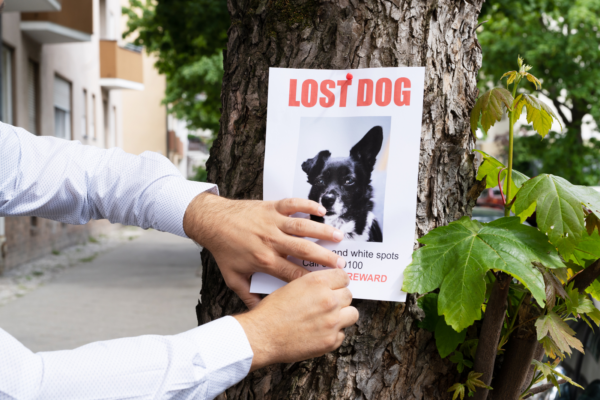
Get Your Lost Dog Back Home Quickly: Follow These 12 Tips for Success
Vacations favor more frequent and longer walks with our furry friends. We travel, visit new places. Summer makes us loosen our brakes and allow our…
June 30, 2023
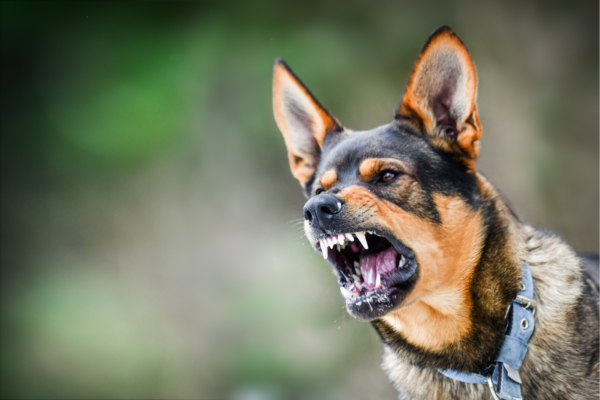
Managing Aggressive Dog Behavior: Tips for Peaceful Living
Living with an aggressive dog may seem challenging, but it can be peaceful and manageable with the right approach. One key aspect is to remain…
June 30, 2023
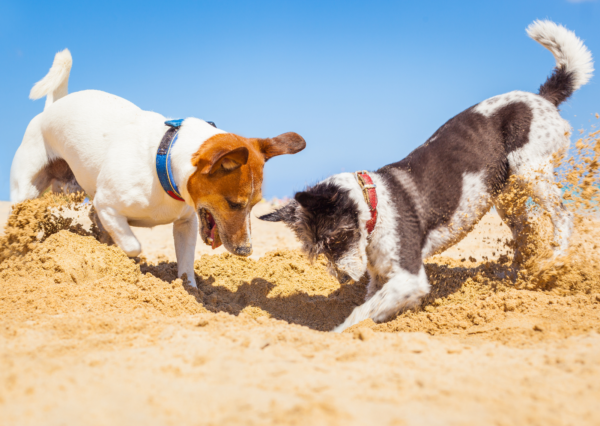
Unlocking the Secret to Successful Puppy Socialization: Quality over Quantity
Today, although the topic is very important, I will keep it brief. Socialization is a topic that could fill books or scientific papers. However, today…

